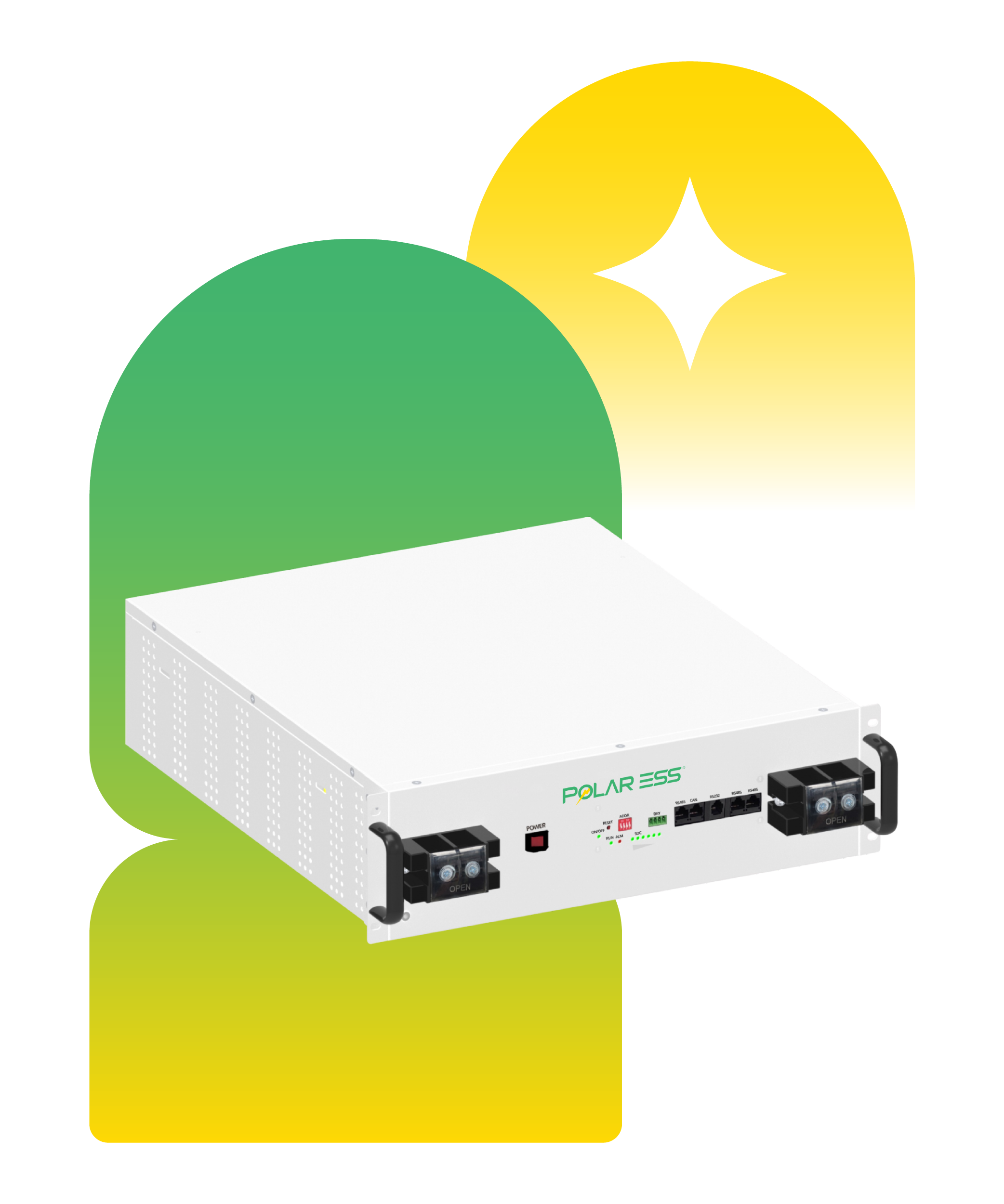
With the increasing demand for sustainable energy solutions, home battery storage has emerged as a game-changer in the field of renewable energy. By storing excess electricity generated from solar panels or other sources, these innovative systems allow homeowners to optimize their energy consumption and reduce reliance on traditional power grids.
The Power of Home Battery Storage

Home battery storage systems are designed to store surplus electricity generated during periods of low demand or high production. This stored energy can then be utilized during peak hours or when there is a power outage, ensuring uninterrupted power supply and reducing dependence on external sources.
In addition to providing backup power, home battery storage also enables homeowners to take advantage of time-of-use pricing models offered by utility companies. By charging the batteries during off-peak hours when electricity rates are lower and using stored energy during peak hours, users can significantly reduce their monthly bills.
Polar ESS: Leading the Way
One notable player in the home battery storage market is Polar ESS (Energy Storage System). With its cutting-edge technology and advanced features, Polar ESS offers efficient and reliable solutions for residential use.
Polar ESS utilizes lithium-ion batteries that have higher energy density compared to traditional lead-acid batteries. This allows for more compact designs without compromising performance. The system also incorporates intelligent software algorithms that optimize charging and discharging cycles based on individual household needs and grid conditions.
Difference between On-Grid and Off-Grid Solar Inverters
An essential component of any solar-powered system is an inverter, which converts direct current (DC) produced by solar panels into alternating current (AC) used by household appliances. However, there are two main types of inverters – on-grid and off-grid inverters – each serving different purposes.
An on-grid solar inverter is connected to the utility grid, allowing excess electricity generated by solar panels to be fed back into the grid. This enables homeowners to earn credits or receive compensation for the surplus energy they contribute. On-grid inverters do not provide backup power during outages as they are designed to work in conjunction with the main power supply.
In contrast, an off-grid solar inverter is used in standalone systems that are not connected to the utility grid. These systems rely solely on stored energy from batteries and require careful management of energy consumption. Off-grid inverters are ideal for remote locations or areas with unreliable grid connections where self-sufficiency is crucial.Click difference between on grid and off grid solar inverter.
Conclusion
Home battery storage has revolutionized how we consume and manage energy. By harnessing renewable sources and optimizing usage through advanced technologies like Polar ESS, homeowners can reduce their carbon footprint, lower electricity bills, and gain independence from traditional power grids. With continued advancements in this field, home battery storage will play a vital role in shaping a sustainable future.
